EXCLUSIVE IN-DEPTH ANALYSIS
How to win over… the modern male beauty and personal care consumer
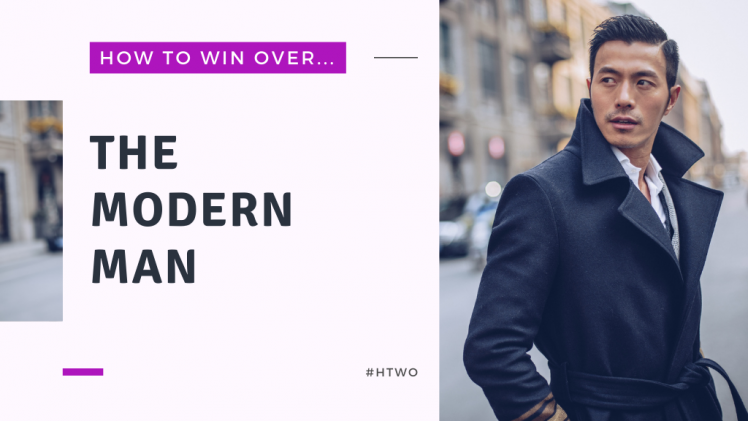
Cosmetics doyenne Estée Lauder once said: “Beauty is an attitude”. One has to wonder if she expected the definition of beauty itself to change with the prevailing attitudes of the time. Indeed, the contemporary attitude towards beauty has evolved dramatically since Lauder’s heyday.
It is no longer about correcting flaws and chasing perfection. Instead, it is connected to self-care, well-being, and health. In a word, beauty products and routines have become essential. From being regarded as an indulgence that only a certain group can appreciate, it has become part of daily habits – like brushing your teeth.
According to Jack Campbell, founder of Australian men’s skin care brand HIZ Body, this is exactly how men view beauty today. “Males typically view skin care or personal care as something that they need to do. It's more of a chore, they view it as something that needs to be done rather than something that they enjoy doing.”
It is possible that reframing beauty in this manner has made it more accessible to men and driven the overall rise of the male beauty and personal care segment.
In 2018, luxury house Chanel created a lot of buzz with the global launch of Boy de Chanel in South Korea. The next year, we saw the launch of FIVEISM x THREE, a spin-off from cult J-beauty brand THREE that focuses on men’s make-up.
At the height of the pandemic, K-beauty major Amorepacific expanded its men’s grooming brand Bro&Tips to the US through Amazon.
Last year, Japanese cosmetics giant Shiseido announced the relaunch of its Shiseido Men’s line-up and followed it up with the launch of SIDEKICK, a dedicated brand for Asian Gen Z males, in July this year.
And that is just the big players. The industry has also seen the swift rise of new and independent male personal care brands like MANSCAPED, Shakeup Cosmetics, and HIZ Body.
MANSCAPED, the Californian brand that carved out the niche category of below-the-waist grooming, has made waves from the US to Europe and Asia. According to CEO Paul Tran, it now serves over six million male consumers with its personal care and grooming products.
Shakeup, which launched its range of make-up only two years ago, found itself beating brands like Chanel and Tom Ford in the premium BB cream category on Chinese e-commerce platform Tmall Global within three months of its launch.
After its debut in March this year, HIZ Body has seen revenue double month on month, a trend it expects will continue for the rest of its maiden year.
And why should it not? Since the advent of the selfie, both women and men have become more and more conscious of their physical appearances. The subsequent rise of K-Pop and K-beauty have had a powerful influence in democratising cosmetic products.
Let us not forget recent global developments, namely the COVID-19 pandemic, which has arguably accelerated the awareness of personal care among men.
At the height of the pandemic, electronic consumer goods company Phillips experienced a global shortage of nasal hair trimmers.
Nicholas Lee, who led the personal health division in the ASEAN region during that time, attributed the unprecedented demand to the increased scrutiny of physical appearance among men triggered by the increased adoption of video calls.
Man in the mirror: The man behind the purchase
It is safe to say that in 2022, thinking there is a certain demographic or ‘type’ of men that will seek out cosmetic and personal care products is a sorely outdated assumption.
“Male beauty brands have a much wider appeal than you may think,” said Jake Xu, who co-founded Shakeup with his twin brother, Shane Carnell-Xu.
“The LGBTQ+ community takes up a significant share of the demographic unsurprisingly, but metrosexual modern guys around the world have started to take more care of their skin and appearance as they started to realise that skin care equals self-care,” he told CosmeticsDesign-Asia.
Campbell agreed and added that the brand’s consumer demographic ranges from 18-year-olds to men in their late 60s and early 70s.
“It’s a very broad market. We surveyed 1,000 completely random men and 70% reported that they were using at least one male beauty or personal care product on a daily basis. It shows that a lot of men are beauty consumers.”
However, age can be a key differentiator. A survey conducted by Japanese cosmetics portal @cosme found that while the use of skin care was high across the board, men in their 50s had the lowest usage rate of cosmetics.
The use of products such as essence, pore packs, eye creams, and supplements was highest among consumers in their 30s. On the other hand, the survey showed that make-up usage was higher among those below 30.
Paul Tran, CEO of MANSCAPED, believes skin care and below-the-waist grooming “have become the norm among young men” across the globe.
“Gen Z males, notably, have brought about a new wave of self-expression regardless of gender identity, and this resonates with the destigmatising of below-the-waist grooming and men’s self-care.”
However, Tran emphasised that the opportunities in the male beauty and personal care market extend beyond one group of males.
“This is just one segment within the massive $70 billion global grooming market. As a multigenerational brand with a customer base of men ages 18 to 65, we are seeing a growing interest in full body grooming and self-care routines among men of all ages and across all walks of life.”
What men want: ‘Something that just works!’
Like female consumers, men too are seeking out beauty and personal care products that can help them solve a problem.
“There are the more beauty-savvy guys who are always on the lookout for new skin care products, but majority of our customers are motivated to seek and purchase products that address a specific concern or skin issues they experience, be it dark undereye circles, wrinkles or redness etc,” said Xu.
HIZ Body’s own consumer research unearthed that a lot of men are trying to find solutions for their sensitive skin.
“We also see a lot of male customers who identify as having sensitive skin, which is what HIZ Body specialises in treating and providing solutions for. It’s why we chose to formulate natural and organic products, which are typically more sensitive skin-friendly,” said Campbell.
He noted that while men are open to being educated about ingredients, they are generally more receptive to benefits. “They're not looking for any particular ingredients or searching for ingredients when they're shopping. They're just looking for the solutions.”
While trendy ingredients may be important in the women’s beauty space, Xu believes male-centric brands will do well to focus on needs and concerns of their consumers.
“Although the trend in ingredients is important, we focus more on the consumers’ needs. Trends come and go and many of these ‘so-called’ trends turn out to be fads and are short-lived. Building a truly helpful brand that provides solutions that work is the only way to build a can’t-live-without brand with a loyal customer base and a sustainable business,” said Xu.
“With guys, they specifically want something that just works! And is also easy to understand and simple to follow. Results and efficacy are crucial if you want the customers to continue using your products.”
According to Tran, MANSCAPED’s best-selling product is Crop Preserver, an anti-chafing ball deodorant. The dual-action deodorant and moisturiser claims to reduce friction and keep the groin area dry and comfortable for up to 24 hours.
“It’s one of MANSCAPED’s first formulations and has been a customer favourite for some time,” said Tran.
Its ability to solve a common problem for men everywhere is why something as unassuming as a deodorant is the brand’s star product.
In fact, an acquaintance of mine is a regular user who proclaimed that it was the singular solution available for a rarely acknowledged issue. “It’s either this or corn starch,” he said.
As men delve deeper and expand their knowledge on beauty and personal care, we can expect more interest and attention on cosmetic ingredients.
Especially since brands like HIZ Body are keen to educate their consumers about ingredients as it is targeting those with sensitive skin, said Campbell.
Tan Seng Hwee, the founder of Singapore-based retailer, What He Wants, was already seeing this behaviour after over a decade in the business.
In 2020, he told us: “What [men] are looking for are solutions, so the products must be effective and show fast results. In the last two years, we’ve noticed our customers becoming more knowledgeable in term of ingredients. They are researching into ingredients, and they are becoming close to having women’s knowledge about skin care.”
Gaurav Modi, co-founder of Indian male personal care brand Braavoking expressed that providing an experience has been essential to winning over its target consumers.
“Before 2015, if an Indian went to get lunch or dinner, he simply looks at how good the food is. However, within the last five years, the Indian consumer has started to consider other factors like good parking and ambience. Likewise, male consumer behaviour has now changed from [product-driven] to experience-driven. People are starting to spend on the experience aspect”.
Modi elaborated that consumer experience was multifaceted. It involves not only the length of experience in using a particular product but also the time during pre-purchase, actual purchase and after-sales.
Additionally, Braavoking contributes a portion of its sales to support social causes. This move would allow the consumer to feel they are contributing to society, said Modi.
Now in colour: Potential in men’s make-up
When it comes to make-up, a lot of men to approach it similarly to skin care – as a problem-solving tool. This is reflected in Shakeup’s best-selling product, Let's Face It BB Tinted Moisturiser, a multitasking hero that covers up blemishes while providing hydration and sun protection.
Shakeup’s approach of creating hybrid make-up products imbued with skin care benefits has proven to be effective at resonating with men. In 2021, the brand achieved £1.6m (U$1.96m) in revenue, a growth of 300% year-on-year. It is expecting to see another year of growth considering its global expansion into markets like Australia.
“We are seeing more and more interests from markets globally. This is very encouraging, and it’s become very obvious to retailers and distributors that this is a sector that will add sizable incremental revenue to their existing offerings, without the risk of cannibalisation,” said Xu.
In the last instalment of this series, we explored individuality and self-expression as key themes for Gen Z beauty consumers. With less regard for gender norms than any other generation before, Gen Zs are breaking down beauty ideals and causing fundamental changes in the beauty industry.
Against this, it will not be long till men embrace the aesthetic appeal of make-up, and products like eyeshadow and lip tints become de rigueur for male consumers.
“Cosmetics are no longer just a women’s category but a manifestation of aesthetic sense and values regardless of gender. The number of men who enjoy make-up more actively is increasing, especially among Generation Z,” said Yuko Sakaguchi, senior marketing manager, FIVIESM x THREE.
The Japanese brand defines its core consumer base as men who are “interested in new values, have a high sense of fashion, and are sensitive to trends”. It is expecting more men to adopt the use of eyeshadow, lipstick, mascara and nail polish, products which the brand already carries.
Since its launch the company has steadily expanded in Japan and ventured overseas to Thailand. It is also eyeing potential in Asian markets such as China, Taiwan, and Korea.
“South Korea and Thailand have a higher sense of aesthetics than other countries which is why the make-up culture has penetrated. In China, a similar situation has been seen in recent years, and the market is expanding as a number. It’s said to be the world's second largest men's cosmetics market after South Korea. We have great expectations that the men's beauty market will continue to grow,” said Sakaguchi.
Campbell revealed to us that the development of colour cosmetic products was in the pipeline.
“That’s where I think the next shift and the next boom will be. I have noticed through keywords that men are starting to actively look for [colour] cosmetics. That is an area that we will be expanding our product range into over the next 12 to 18 months.”
Some products the firm is looking at developing include concealers, bronzers, and lip balms.
For me and you: The genderless approach
As gender norms fall away and cosmetic products become part of the everyday for every man and woman, Campbell believes beauty will no longer be confined or marketed according to binary considerations.
There are already a host of gender-neutral beauty brands, including make-up brand Laka and skin care brand Mauve Fantasticever, both from South Korea.
Celebrities Harry Styles and Pharrell Williams have both launched gender-neutral cosmetic brands. The latter’s Humanrace that proclaims not to discriminate by race or gender and creates product “for humans”.
While the sentiment is praiseworthy, brands should consider that male and female skin are physiologically different.
According to a 2018 review published in the International Journal of Women’s Dermatology, a team of researchers from Iran and France highlighted several fundamental differences.
For instance, they concluded that sebum content was higher in men because of hormones, and that their skin was generally thicker than their female counterparts.
CosmeticsDesign-Asia confirmed this with director of the Institute of Personal Care Science, Belinda Carli. She said men’s skin needs were “different at all stages of life”, adding that men could not get the same desired results using a product designed for women and vice versa.
Man of the future: What’s next for the category
With a broader perspective on beauty and the rapidly fading stigmas, the men’s beauty and personal segment will continue to expand.
“Men around the world continue to be more receptive than ever when it comes to expanding their grooming routines. As male taboos continue to go away, more and more markets will continue to show interest in investing in personal care and that growth is exciting,” said Tran.
There is no doubt there is a huge opportunity for beauty companies to double their customer base. To tap into this burgeoning market, education is key, and brands that want to capitalise on it will have to take up the mantle of educator.
“To be a pioneer in a new category also means a slower path to growth and hefty investment in education. In many markets, we believe the potential’s there, and the needs are there, but many of our customers are deprived of the education they need in order to make the informed decision to get them on their skin care journey,” said Xu.
Tran’s added that brand should concentrate on the fundamentals of building a brand.
“Identify your brand’s unique selling points. Build your community. Earn your customers’ trust. Listen to their feedback… Once men understood they could trust us for groin grooming care, they continued to look to us for quality products to meet all their grooming and hygiene needs,” he said.
At present, the men’s beauty and personal care space is still years behind women’s but will catch up rapidly with brand-led education and faltering gender norms. Everyone wants in on the action, but the real breakout stars will be the thoughtful innovators that can give male consumers solutions to solve still unaddressed issues.
Additional reporting by Nurul Ain Razali
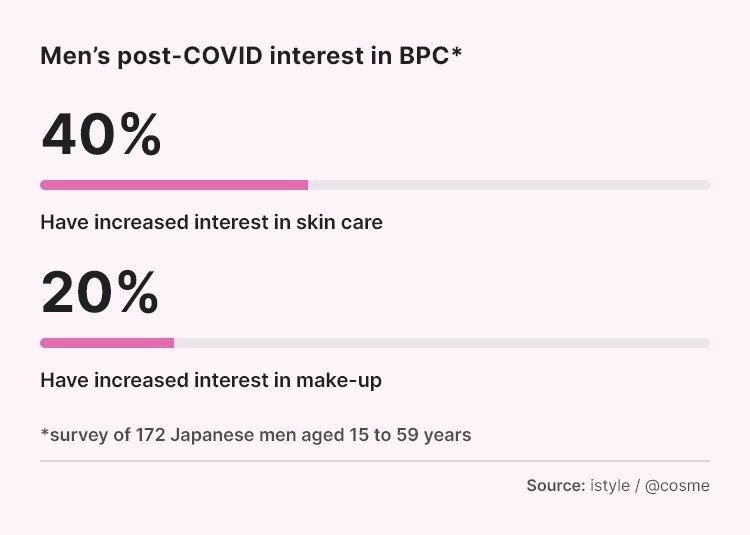
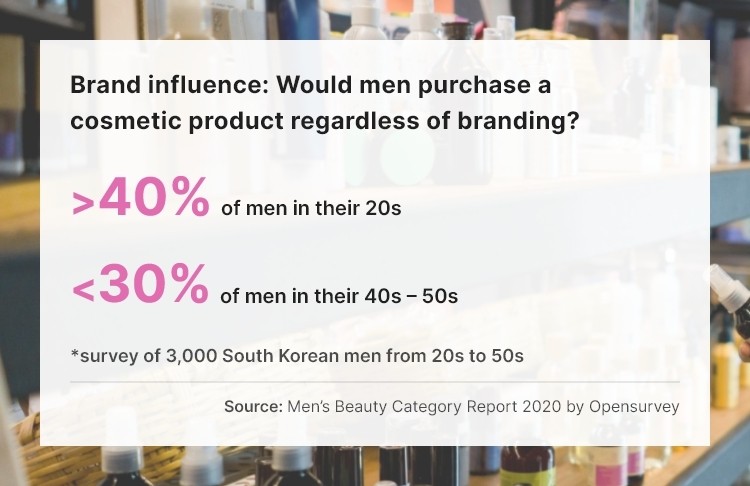
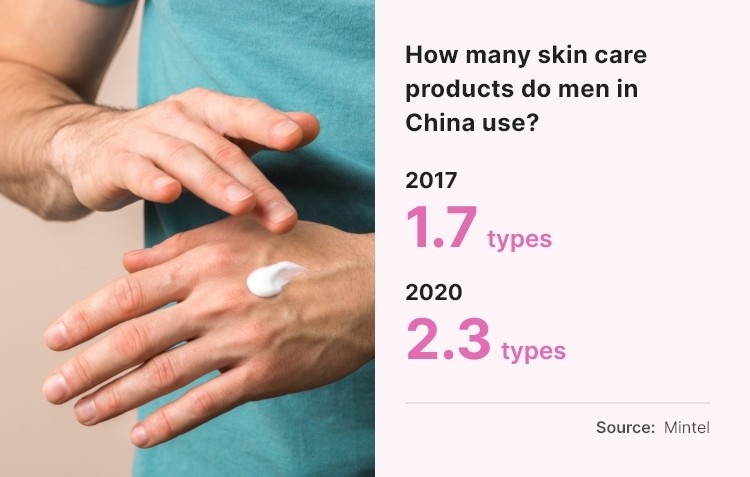
![[Suntory]](/var/wrbm_gb_food_pharma/storage/images/_aliases/wrbm_medium/publications/cosmetics/cosmeticsdesign-asia.com/headlines/brand-innovation/suntory-owned-varon-triples-sales-target-to-6.14m-after-smashing-initial-goals/15891518-2-eng-GB/Suntory-owned-Varon-triples-sales-target-to-6.14m-after-smashing-initial-goals.jpg)
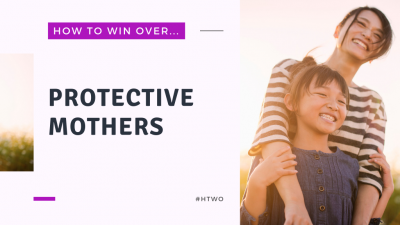
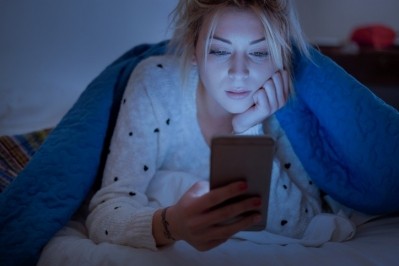
![Korean trade chiefs have identified untapped opportunities for K-beauty in Spain. [Getty Images]](/var/wrbm_gb_food_pharma/storage/images/_aliases/wrbm_medium/publications/cosmetics/cosmeticsdesign-asia.com/headlines/market-trends/kotra-identifies-opportunities-in-for-nail-care-high-tech-beauty/15764415-1-eng-GB/KOTRA-identifies-opportunities-in-for-nail-care-high-tech-beauty.jpg)
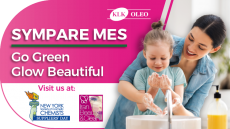
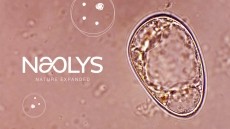
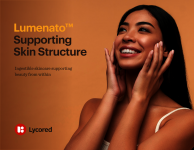

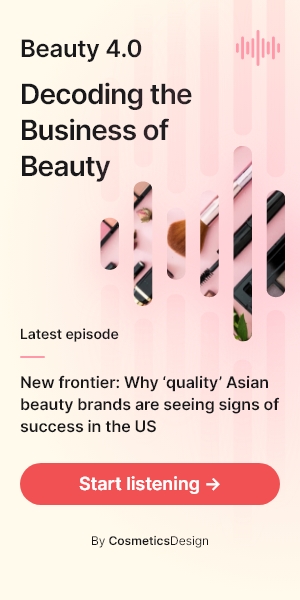

![[Getty Images]](/var/wrbm_gb_food_pharma/storage/images/_aliases/wrbm_tiny/publications/cosmetics/cosmeticsdesign-asia.com/china/china-focus-latest-developments-in-china-s-booming-beauty-market22/17370102-1-eng-GB/China-focus-Latest-developments-in-China-s-booming-beauty-market.jpg)
![YSL's LoveShine launch has sparked a demand surge in Japan. [YSL]](/var/wrbm_gb_food_pharma/storage/images/_aliases/wrbm_tiny/publications/cosmetics/cosmeticsdesign-asia.com/article/2024/04/24/ysl-loveshine-launch-propels-lip-gloss-sales-to-record-highs-in-japan-since-2020/17372064-1-eng-GB/YSL-LoveShine-launch-propels-lip-gloss-sales-to-record-highs-in-Japan-since-2020.jpg)
![There is significant scope for innovation and new launches in the hair repair sector, especially in soaring markets such as China. [Getty Images]](/var/wrbm_gb_food_pharma/storage/images/_aliases/wrbm_tiny/publications/cosmetics/cosmeticsdesign-asia.com/article/2024/04/24/croda-zeroes-in-on-hair-repair-solutions-as-damage-hair-concerns-surge-in-markets-like-china/17362731-1-eng-GB/Croda-zeroes-in-on-hair-repair-solutions-as-damage-hair-concerns-surge-in-markets-like-China.jpg)



![Lubrizol has extended its partnership with C-beauty major PROYA. [PROYA]](/var/wrbm_gb_food_pharma/storage/images/_aliases/wrbm_tiny/publications/cosmetics/cosmeticsdesign-asia.com/headlines/brand-innovation/lubrizol-bullish-on-potential-of-c-beauty-growth-potential/17362515-1-eng-GB/Lubrizol-bullish-on-potential-of-C-beauty-growth-potential.jpg)


